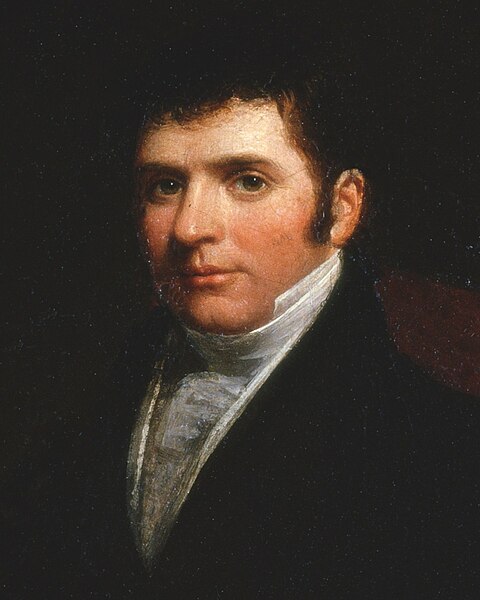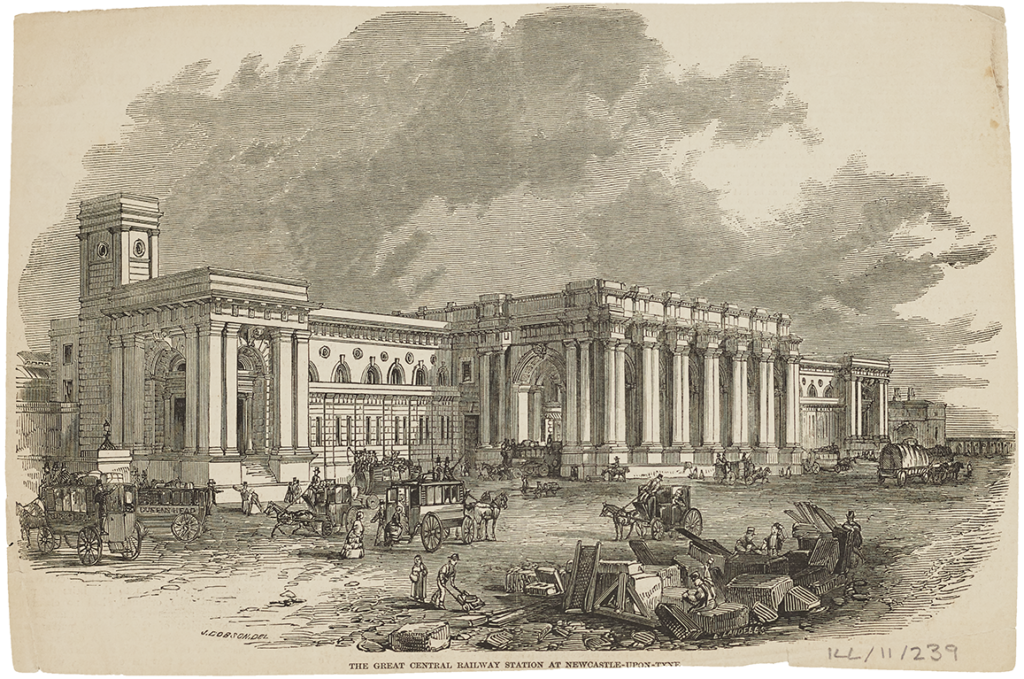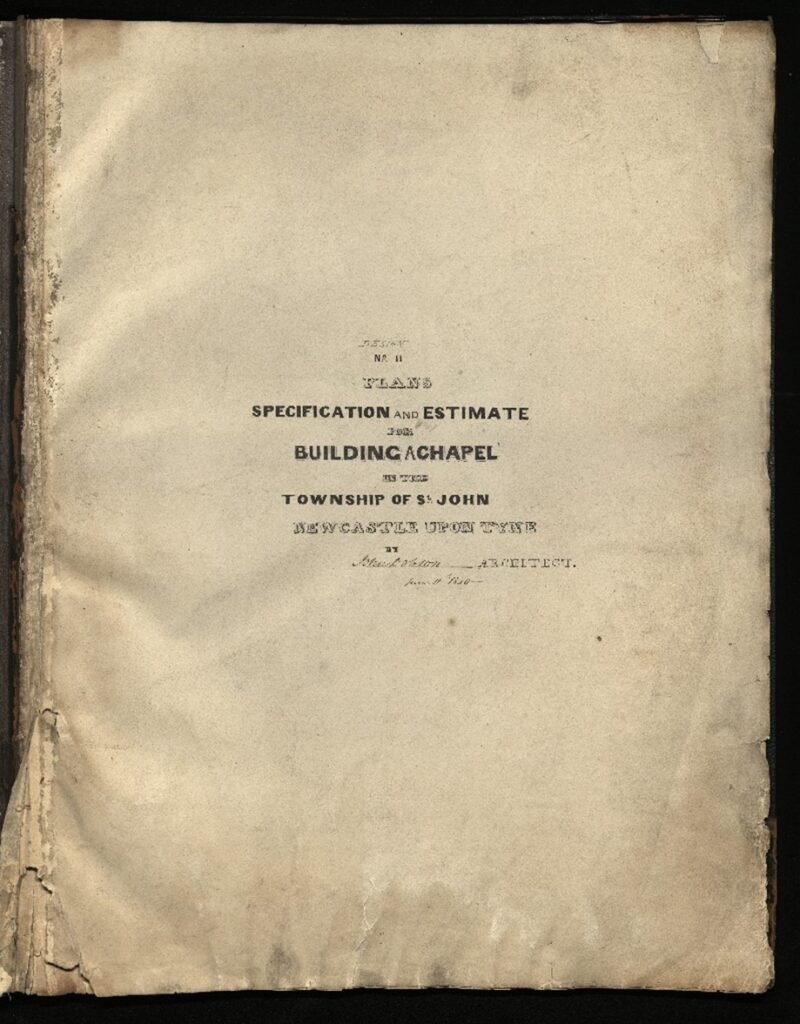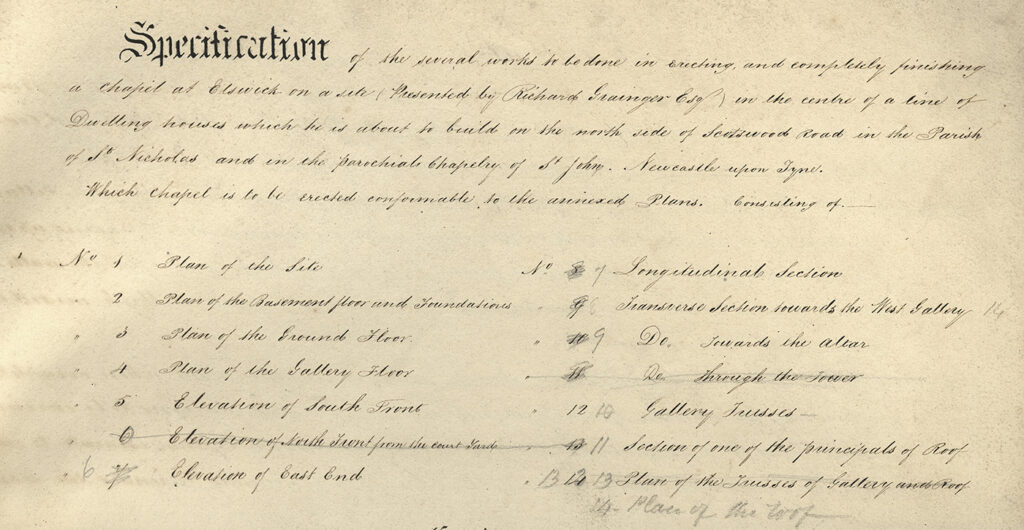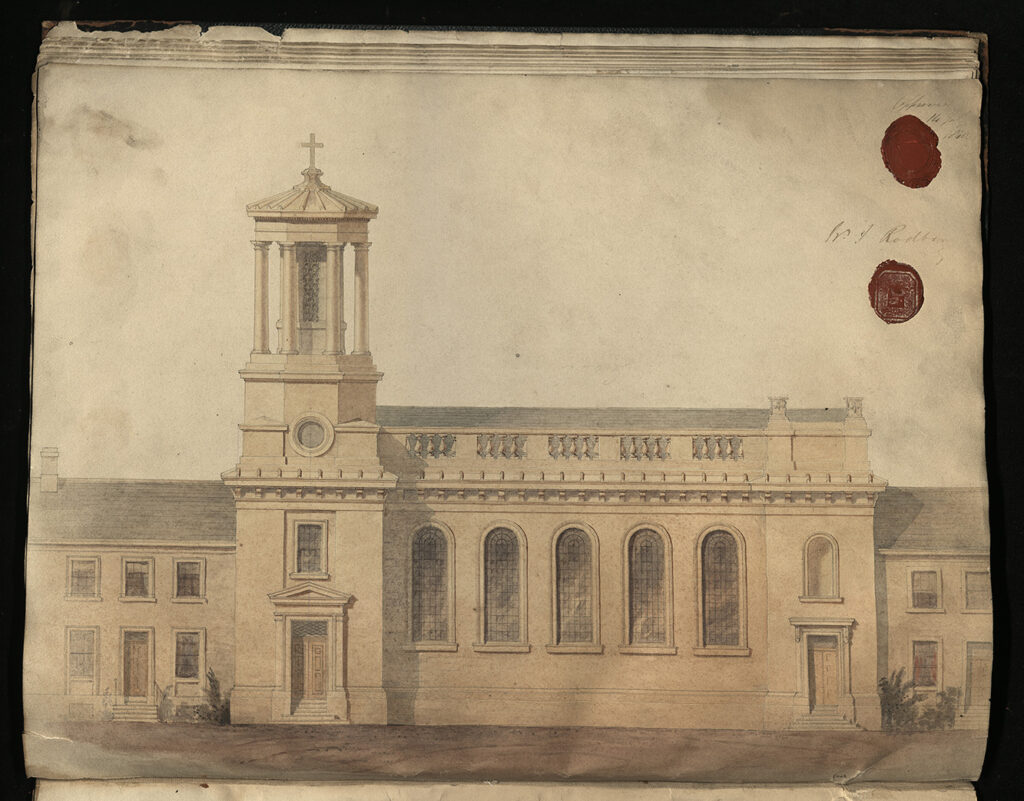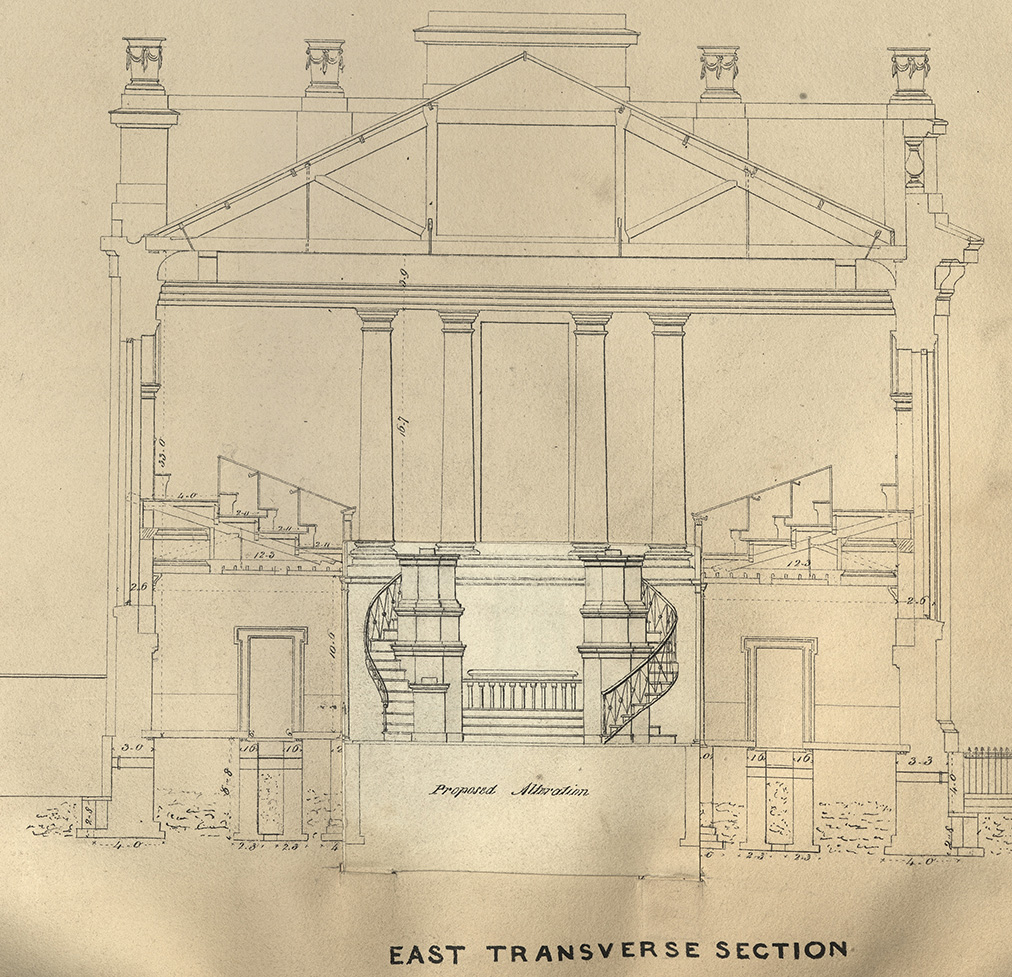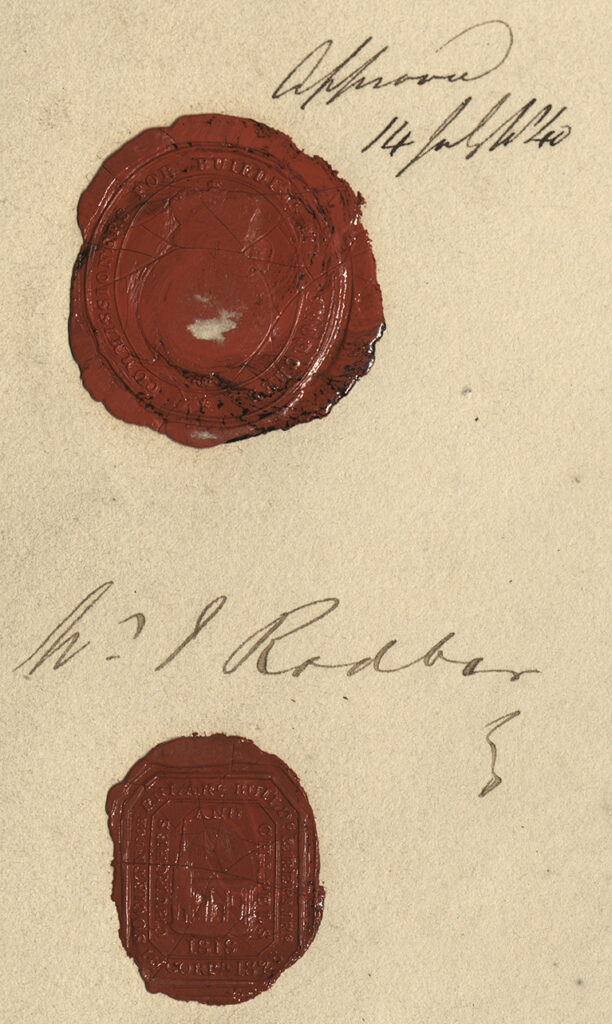While recently working through our University Archives, we discovered some interesting negatives of plans of our local bridges. The bridges of Newcastle that stretch across the Tyne are intrinsically linked to Newcastle University, from our wonderful collections of books and archives within Special Collections, our School of Architecture, Planning and Landscape, to our events such as Pioneers of Change and the Discover Festival. Both the University and the city are steeped in rich heritage and some of the most famous landmarks, loved by Geordies and visitors alike, are the bridges over the River Tyne, with five of them squeezed into less than a mile! These bridges allow road, rail and pedestrians access to the city from Gateshead and the surrounding southern towns.
The earliest known bridge is thought to be the Pons Aelius, said to be built by the Emperor Hadrian in connection with the Roman wall that extends across the city. This bridge was destroyed in the city fires of 1248 and replaced by a mediaeval bridge called the Newcastle Bridge. The mediaeval bridge stood for five hundred years but was destroyed in the winter floods of 1771. Six people lost their lives, and multiple houses were washed down river.

In 1781 a new Georgian bridge was built, comprising of nine stone arches and designed by Robert Mylne, but by 1850 the Tyne Improvement Commission decided that this new bridge caused an obstruction to river traffic and the further industrial development on the Tyne.
As such it was removed in 1865, with a temporary bridge in place while new plans were created. In 1873 the new design for a moving bridge was created and in 1876 the Swing Bridge was built. At the time of construction, it was the largest swing bridge to have been built. The Hydraulic accumulator used to rotate this bridge to allow for sea traffic, was designed by a local Newcastle engineer and industrialist named William Armstrong. In 1894, Armstrong’s company Elswick also built and installed the steam-driven pumping engines, hydraulic accumulators and hydraulic pumping engines that operate London’s Tower Bridge. The swing bridge in Newcastle was originally steam powered with controls over the roadway and two hydraulic pumps on the central pier. During its busiest year of operation, the bridge swung open 6,000 times. Although it is the same bridge that you can see and cross on the River Tyne today, due to mechanical failures after restoration work, the last time the bridge was in action was in August 2021.
Prior to the Swing Bridge being constructed, work had begun on another famous Newcastle bridge. The High-Level Bridge. This bridge competed in 1849 and opened by Queen Victoria, is another feat of engineering. Showcasing a double-decker style of bridge that carries both road and rail traffic in and out of the city. Designed by Robert Stephenson (son of George Stephenson), it spans 1,350 feet and provided the much-needed links to Darlington and Berwick railway stations from Newcastle. The High-Level Bridge is a grade 1 listed structure with the main structural elements being cast iron (replaced by wrought Iron later), with timber rail decking (later replaced with steel). The High-Level Bridge is now the oldest bridge in Newcastle that still stands to this day.
In 1925 construction started on a new bridge and in 1928 the (now) famous Northeast bridge The Tyne, was opened by King George V. This Grade II listed bridge was engineered with the new and fast changing world of motorised vehicles in mind. Made of British steel, at the time of its opening it was the world’s longest spanning bridge. On the design team for the bridge was the first woman to gain a membership to the Institute of Civil Engineers, Dorothy Buchanan. In March 2024, Dorothy was honoured by Newcastle Universities Centre for Heritage in partnership with The Common Room, and a commemorative plaque was installed at the Tyne Bridge.
The Tyne Bridge has an impressive steel arch design and uses a method of construction called cantilevering; the same process as used on the Sydney Harbour Bridge but tested first in Newcastle. The Neoclassical and Art Deco towers point to the industrial pride of Tyneside and the architectural works by John Dobson that are seen around Newcastle to this day.
For more information on this history of Newcastle’s bridges:
- The history of the high-level bridge
- Historic England history of the Tyne bridge
- Your heritage: The River Tyne (video)
For more information on Newcastle University Pioneers of Change
To get involved (and have a go at building a bridge)
For further reading, these books can be requested from Newcastle University Special collections:
- ‘Christie’s new plan of Newcastle upon Tyne and Gateshead’ by John Christie. 1864
- ‘The three bridges, Roman, mediaeval and modern, over the Tyne at Newcastle: a paper read before the Society of Antiquaries of Newcastle’ by J. Collingwood. 1872
- ‘Visit to Newcastle upon Tyne and Gateshead of Their Majesties King George V. and Queen Mary: to open Tyne Bridge’. City Council. 1928





















